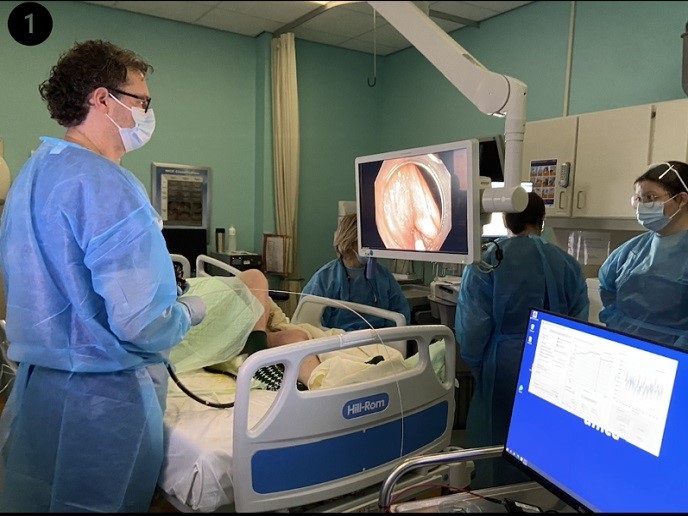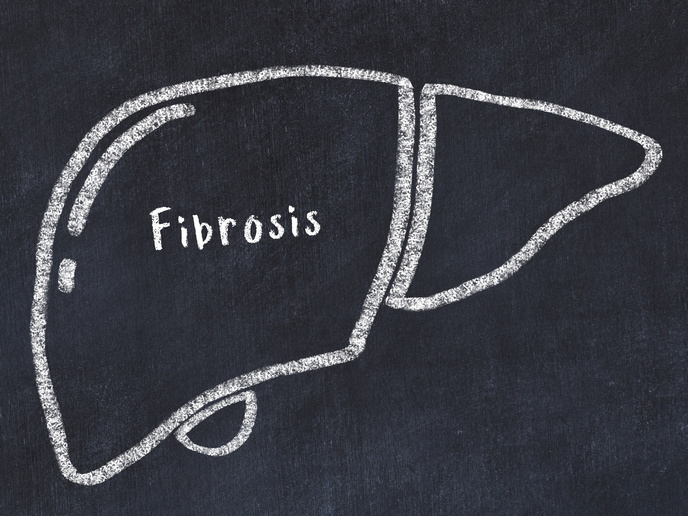A novel synthetic approach for drug discovery
For years, pharmacology-guided approaches entailed the investigation of small molecules acting on specific cellular targets. However, advents in genomics technologies have guided drug discovery efforts towards the design of pharmaceuticals on known disease-related targets. This has created numerous challenges since not all biological targets are druggable. Undruggable targets usually comprise non-enzymes whose function relies on protein-protein interaction and not on ligand binding. As a result, it is difficult to design inhibitors and predict the outcome of disrupting the structure function relationship. To address this, small molecule libraries are required that present with high levels of scaffold diversity. Towards this goal, scientists of the EU-funded DOS-PEPTIDOMIMETICS (Diversity-oriented synthesis of conformationally constrained peptidomimetics) project developed a novel synthetic approach that aimed to generate a library of highly diverse compounds. Their diversity-oriented synthesis (DOS) approach used a-methyl-a-propargyl amino ester as a starting point to generate a library of 40 novel molecules featuring a quaternary stereocenter. These complex small molecules were structurally diverse with increased biological relevance. Researchers worked under the hypothesis that the overall shape of a molecule and its properties are the most fundamental factors that control its biological effects. For this purpose, they implemented a great degree of structural diversity and molecular complexity, which was validated by computational analyses. This led to the generation of new biologically active compounds that could be exploited for antibacterial, anticancer or phenotypic screening. The next step would be to investigate an in silico multi-target prediction approach to identify potential hits against a broad variety of known biological targets. Also, expanding the synthetic strategy would include more scaffold modifications and enhance existing molecular diversity. Overall, the DOS-PEPTIDOMIMETICS approach is anticipated to deliver clinical candidates with better physicochemical profiles, enhancing their chances of being marketed as drugs. Apart from obvious healthcare implications, the project will strengthen European competitiveness in the pharmaceutical industry sector.







